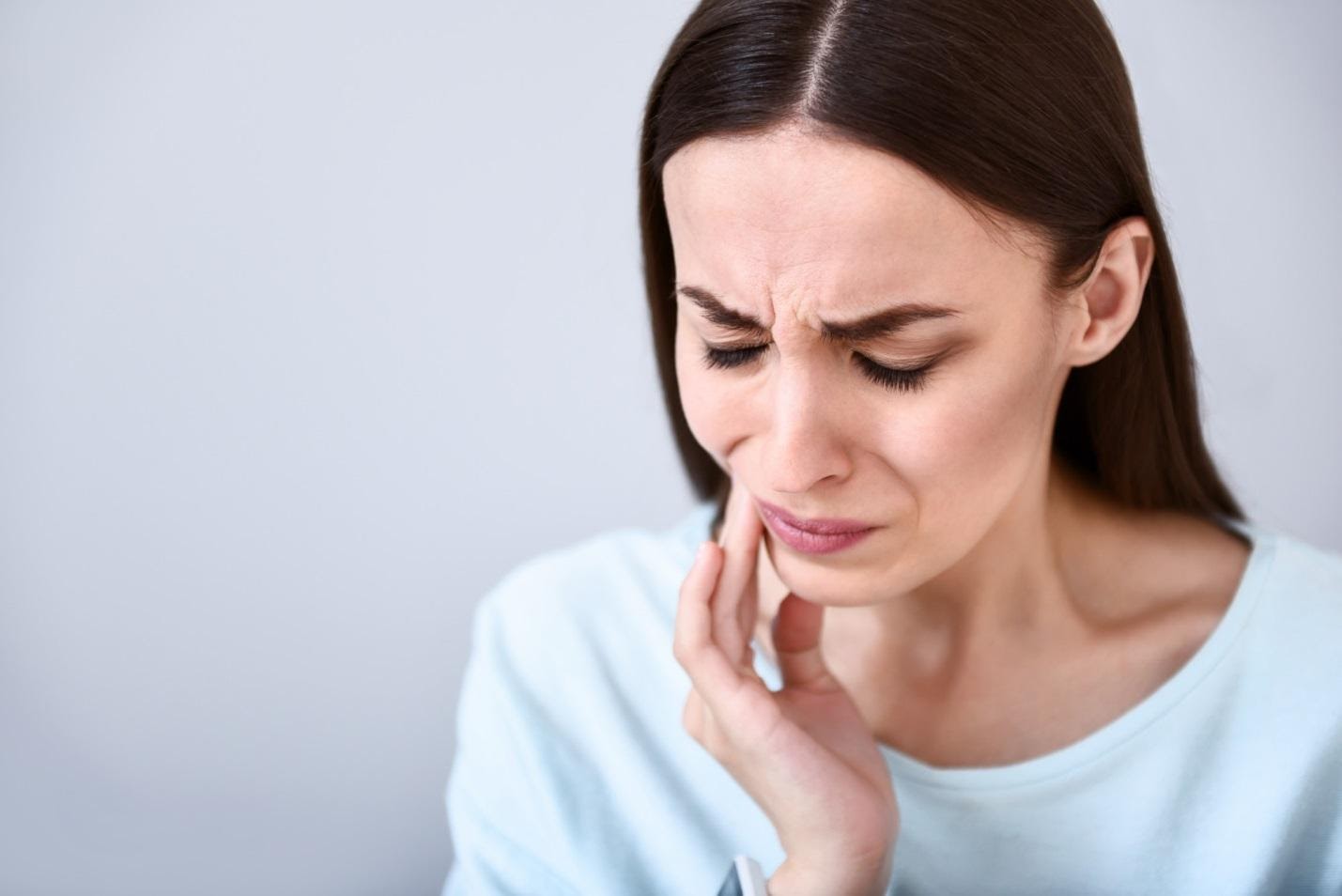Periodontal disease can destroy your gums, jawbone, and self-image. Discover the common causes and risk factors behind pyorrhea here.
47.2% of adults ages 30 years and up have periodontal disease, or pyorrhea. In fact, periodontal disease increases with age. 70.1% of adults 65 years and up have periodontitis.
Periodontal disease can cause infections and inflammation, destroying your gums and the bone that supports your teeth. What causes pyorrhea, and how can you prevent gum loss and tooth decay from threatening your oral health?
Keep reading to find out! In this guide, we’ll discuss the common causes and risk factors for periodontal disease. By brushing up on these causes, you can prevent periodontal disease from destroying your oral health.
Keep reading to learn more.
- Poor Dental Hygiene
The main cause of pyorrhea is poor dental hygiene. When you fail to brush and floss, bacteria will spread throughout your teeth. As a result, plaque (a film made of protein and leftover film) will form). In time, this plaque hardens and becomes tartar.
You’ll need a dentist to remove the tartar from your teeth.
The longer the plaque and tartar remain on your tooth enamel, the worse it is for your teeth. In time, pyorrhea will develop.
Complacency and neglect can also lead to periodontal destruction. Failing to brush and floss will allow bacteria to destroy your periodontium tissue and supportive tissue that keep your teeth in place.
Leaving plaque on your teeth can also lead to gingivitis, which is periodontal disease in its mildest form. You’ll experience inflammation and irritation of the gums. Your gums might also recede from your teeth, making them more vulnerable.
- Illness
Certain illnesses and health conditions can increase your chances of developing periodontitis. For example, diabetes affects your blood sugar, which can leave you at a higher risk of developing infections like periodontal disease.
Cancer and HIV can interfere with your immune system and leave you at risk, too.
- Smoking
14.74% of people with pyorrhea are current smokers. Meanwhile, 7.61% are former smokers. Bad habits like smoking can lead to pyorrhea and jaw bone deterioration. Smoking makes it more difficult for your gum tissue to repair itself.
You can learn How to Reverse Gum Disease if you begin experiencing symptoms.
- Hormonal Changes
Hormonal changes can make your gums more sensitive. As a result, it becomes easier for gingivitis to form, leading to periodontal destruction.
These hormonal changes are often caused by:
- Menopause
- Monthly menstruation
- Pregnancy
- Puberty
When you experience hormonal changes, it becomes more important for you to safeguard your teeth. Regularly flossing and brushing can help reduce your risk of periodontal disease.
- Medication
Some medications can also impact your oral health. These medications can lessen your saliva production, which helps protect your teeth and gums.
These drugs include the anticonvulsant medication Dilantin. The anti-angina drug Procardia and Adalat can also cause abnormal gum tissue growth.
Brush Up: 5 Common Causes and Risk Factors of Pyorrhea
Keep an eye out for these common causes and risk factors of pyorrhea. If you begin to notice your gums are receding or feel inflamed, speak with your dentist. They can check you for gingivitis and ensure you get early treatment.
Explore our Services today to learn how we can help you heal.



















